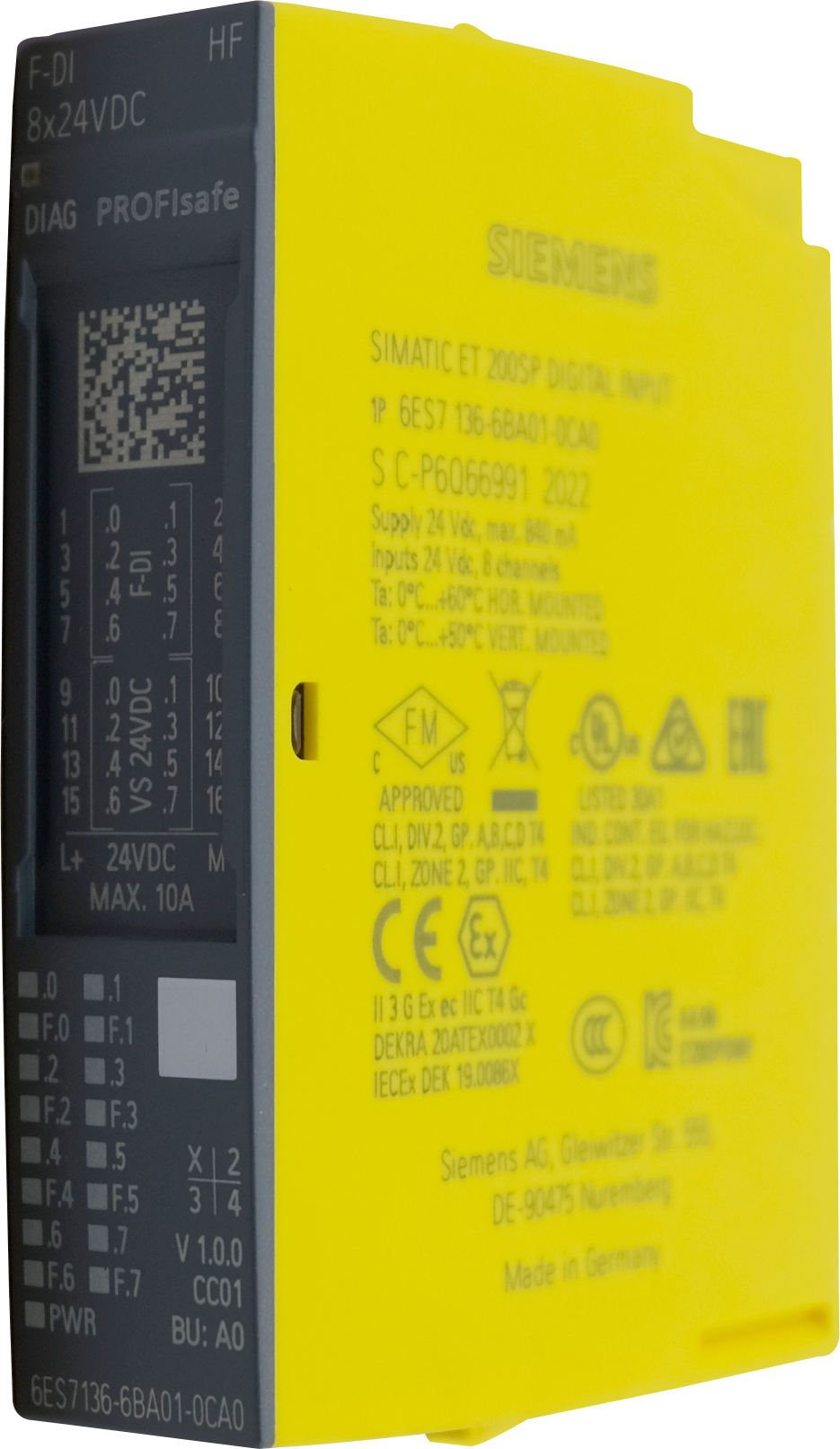human machine interface
The human machine interface (HMI) represents a crucial technological bridge that enables seamless interaction between users and complex systems or machinery. This sophisticated interface transforms raw data and system controls into intuitive, user-friendly displays that operators can easily understand and manipulate. At its core, HMI combines advanced visualization techniques, touch-screen capabilities, and real-time data processing to create an accessible control environment. Modern HMI systems feature high-resolution displays, responsive touch interfaces, and customizable dashboards that can be tailored to specific operational requirements. These interfaces support multiple communication protocols, enabling integration with various industrial systems, including PLCs, SCADA systems, and IoT devices. The applications of HMI span across numerous industries, from manufacturing and process control to building automation and transportation systems. In manufacturing environments, HMI systems provide operators with real-time monitoring capabilities, alarm management, and process control functions. For building automation, these interfaces manage climate control, security systems, and energy consumption. The technology's versatility makes it an essential component in modern industrial operations, where it significantly improves operational efficiency and reduces the likelihood of human error.


